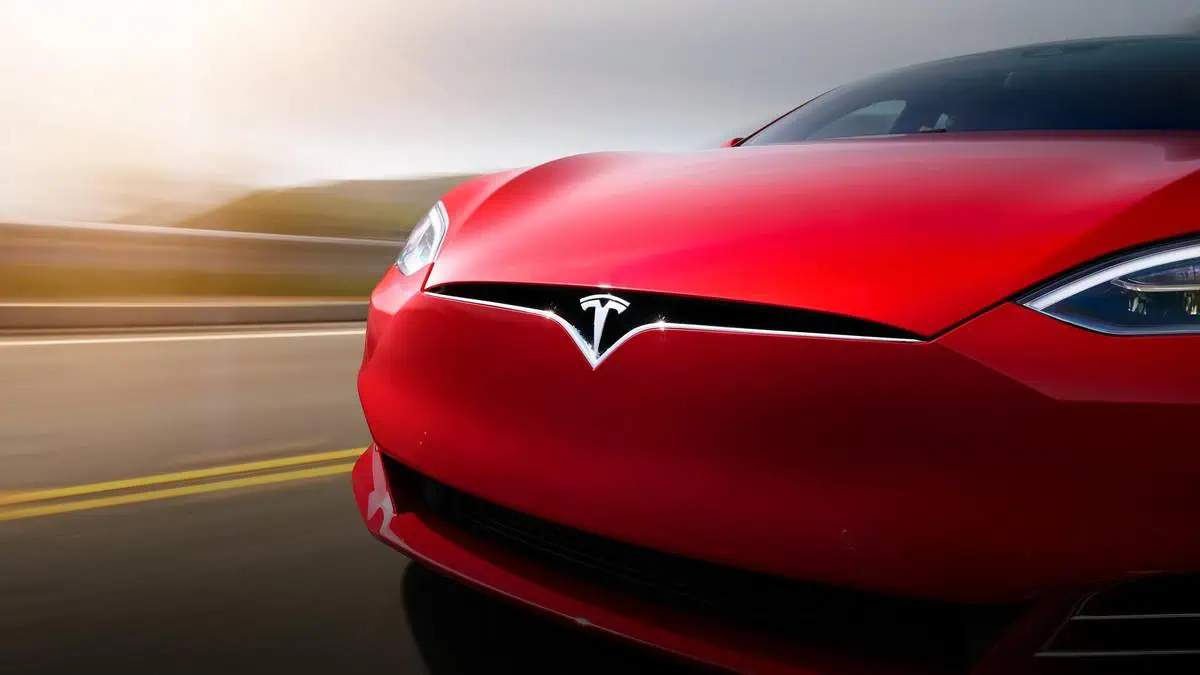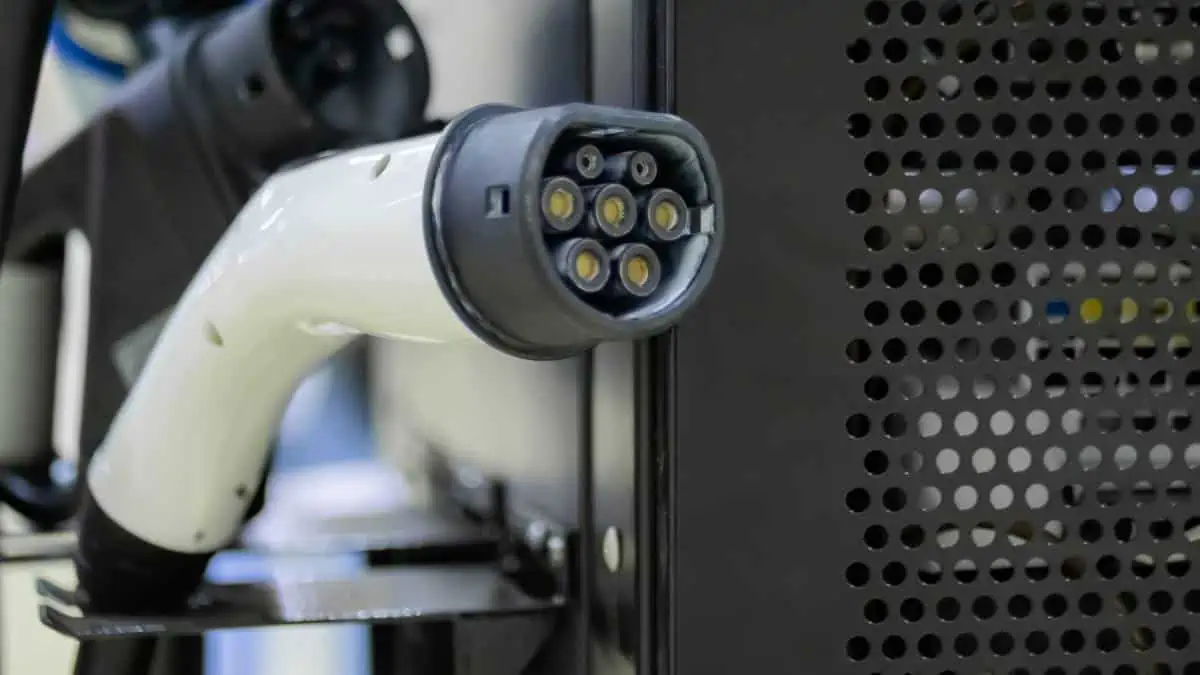Electric vehicle giant Tesla has just rolled out a new mobile app update to address the “phantom drain” issue in its products, autoevolution reports.
What is a phantom drain?
Phantom drain, also known as “vampire drain,” refers to the gradual energy loss of battery charge in an electric vehicle while it is inactive, either parked or unused.
Notably, there are multiple factors affecting EV batteries to suffer from phantom drain. These factors mostly revolve around the EV’s battery thermal management system and connectivity features.
These features continue to draw minimal power from the battery even when the electric car in question is not in use.
While the amount of energy lost is usually small, it can be palpable over longer periods, particularly if the EV stays parked for days or weeks. Phantom drain can reduce the car’s overall driving range and may frustrate owners.
Tesla’s previous efforts to address the issue
Considering that Tesla EVs have a wide range of connectivity features, the phantom drain issue has been one of the major problems for owners.
Certain features like remote access or security alerts might wake up the car when triggered, gradually draining the battery and reducing the car’s remaining range unless the vehicle is charging.
Tesla already attempted to solve this issue in late February 2024. It launched an update to its Sentry Mode, which is apparently the biggest culprit to the phantom drain in Tesla EVs when activated. According to the company, the update cut Sentry Mode’s power consumption by a whopping 40%.
Newest solution
In a most recent attempt, Tesla released a new mobile app update – version 4.35.0.
“To conserve the vehicle’s battery, the app only wakes it when you send a command.”
Tesla indicated in the release note
For context, simply accessing the Tesla app would trigger the car, substantially contributing to energy loss while not charging.
The latest update will enable owners to open the Tesla app without waking the EV’s system up unless they send a command.
While the potential improvements from this update may be minimal, it will undoubtedly significantly impact the entire Tesla fleet. For instance, if this update can yield at least sub-0.5 kWh of weekly energy savings per Tesla car, it would result in up to GWh worth of annual energy savings from the entire fleet.






